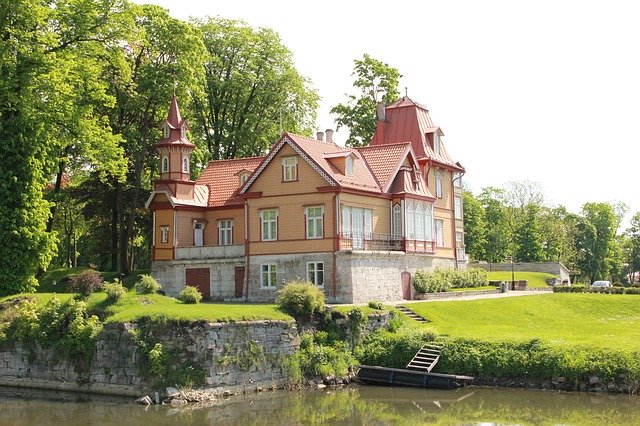Orientation
Orientation is of greatest importance in heating climate zones – that is, in the more southerly (temperate and cool) parts of Australia.
Realtors learn Lead Generation program
Orientation in its simplest form means locating living areas like the lounge room on the north side of the house, with windows having clear access to sunlight especially in mid-winter.
Effective orientation provides a minimum of about five hours of useful solar heating a day. Even with this, the glass will still be exposed to about 19 hours of varying degrees of heat loss. So it’s important that other elements of passive design support the orientation, or the effect will be lost.
Ventilation
Ventilation can improve comfort levels and the air quality in your home. Most Australian homes rely on a combination of exhaust fans in kitchens and bathrooms and windows and doors (and in older homes fixed wall vents) that open to provide ventilation.
Zoning
Passive solar design uses zoning to help regulate temperature in a home. Doors close off rooms and spaces and stop warm air escaping from living areas into empty corridors. Zoning also keeps cool air in during summer so if you use the air conditioner you only cool the room you need and not the entire home.

Insulation
Insulation is like a barrier, helping to regulate heat flow into and out of your home. By reducing heat flow you can maintain a comfortable temperature inside, regardless of the temperature outside. The type and level of insulation needed varies depending on where you live and the building materials used for the house. If you live in a naturally ventilated home in the tropics, the aim of insulation is to reduce the amount of heat getting in without restricting the hot air escaping. Reflective insulation under the roof and in walls that are not permanently shaded would work well.
Thermal Mass
Thermal mass is a measure of a material’s ability to absorb and release heat. Good passive design uses thermal mass to absorb excess heat from within a house during summer days and dump it to cool night skies. In winter, solar radiation warms the mass during the day, re-radiating it to the occupants at night. It is critical that thermal mass is well insulated from external temperatures and that it is exposed to winter sun in cooler climate zones.
Windows and Glazing
The size of the window has a large influence on comfort, as it is both the biggest source of heat loss and heat gain. Ideally, in most climates of Australia except the Top End region, the top of the window should be lower than the eaves by 30% of the height from window sill to underside of eaves.
Shading
External shading devices can block up to 90% of the unwanted direct sunlight hitting your windows during summer. There are two main types of external shading to choose from: fixed shading devices and ones that can adapt to seasonal changes. Fixed devices such as eaves and pergolas have been the traditional mainstay for shading. These can be designed (particularly on the northern side of a house) to allow the winter sun to enter but exclude the hot summer sun.
